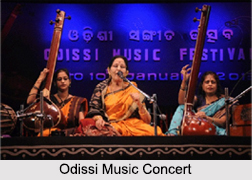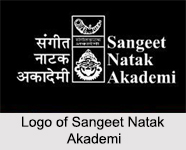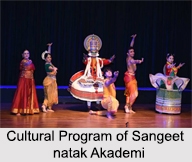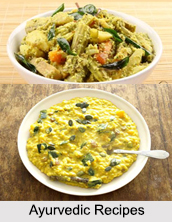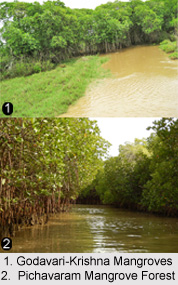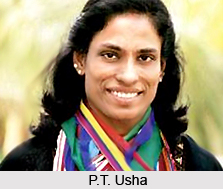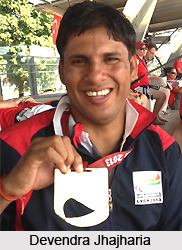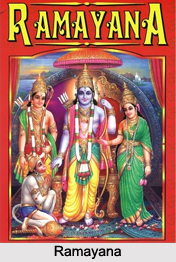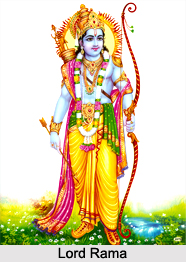 Musical Instruments of the Assam add to the rhythm of the festivals of the state. Assam is land of beautiful culture and tradition. To enrich the culture of this land, the traditional music of different tribes and sub-tribes of the state has played a major role. Music is an integral part of Assam and there are various musical instruments. It is the music of Assam through which everybody celebrates any festival or occasion and that is why there are abundance of musical instruments available across the state.
Musical Instruments of the Assam add to the rhythm of the festivals of the state. Assam is land of beautiful culture and tradition. To enrich the culture of this land, the traditional music of different tribes and sub-tribes of the state has played a major role. Music is an integral part of Assam and there are various musical instruments. It is the music of Assam through which everybody celebrates any festival or occasion and that is why there are abundance of musical instruments available across the state.A list of some of the popular musical instruments of the Assamese and also the Bodo people from the state are given below;
Gogona - Gogona is a type of Jew’s harp, a reed instrument that is used for traditional music especially for Bihu. The Gogona is made of a piece of bamboo that has a bifurcation on one end. The solid end is gripped with teeth and the free end is struck repeatedly with fingers to emit the distinctive sound of the instrument.
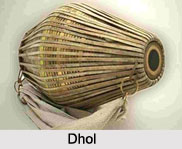 Dhol - Dhol is an important part of the folk culture of Assam. This drum like instrument is used to maintain the merry rhythm of Bihu. People of Assam consider the Dhol to be the instrument of the Gods.
Dhol - Dhol is an important part of the folk culture of Assam. This drum like instrument is used to maintain the merry rhythm of Bihu. People of Assam consider the Dhol to be the instrument of the Gods.Singa or Pepa - The Singa or Pepa is an integral part of Bihu and hence an integral part of Assamese culture. The word Singa has come from Sing or horn and is made of a buffalo horn with a bamboo pipe thrust into it.
Khol - Khol is also known as Mridanga in Bengali language. It is a terracotta two-sided drum for devotional music. The khol is an integral part of Vaishnava music in Assam.
Tokari - The Tokari is a kind of musical instrument with a single string which is played with fingers. It is mainly used for Tokari Geet.
For more, visit the link below:

